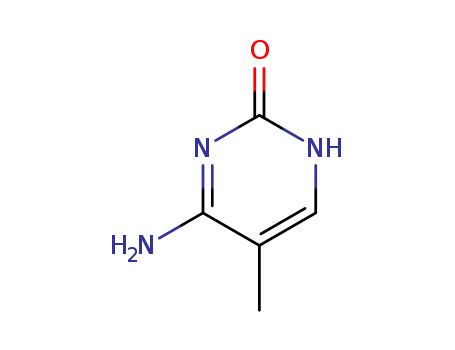10.1039/c1ob05247k
The research aims to develop a facile synthesis method for hydroxymethylcytosine (hmC)-containing oligonucleotides (ODNs) and investigate their reactivity upon osmium oxidation. The study synthesizes hmC-containing ODNs using a straightforward route starting from thymidine and involving protection, bromination, and amination steps, ultimately converting the nucleoside into phosphoramidite form for DNA autosynthesizer use. The synthesized ODNs form stable duplexes with complementary DNA, exhibiting similar melting temperatures and enzymatic digestion properties to methylated counterparts. Osmium oxidation, a method previously used for detecting 5-methylcytosine (mC), is tested on hmC-containing ODNs under specific reaction conditions, revealing that hmC is oxidized as efficiently as mC, forming a stable ternary complex. The study concludes that osmium oxidation is a viable method for detecting hmC in DNA, potentially advancing epigenetic studies. Key chemicals used include thymidine, acetic anhydride, N-bromosuccinimide, 3-hydroxypropionitrile, phosphorus oxychloride, ammonia, di(n-butyl)formamidine, potassium osmate, potassium hexacyanoferrate(III), and bipyridine.





